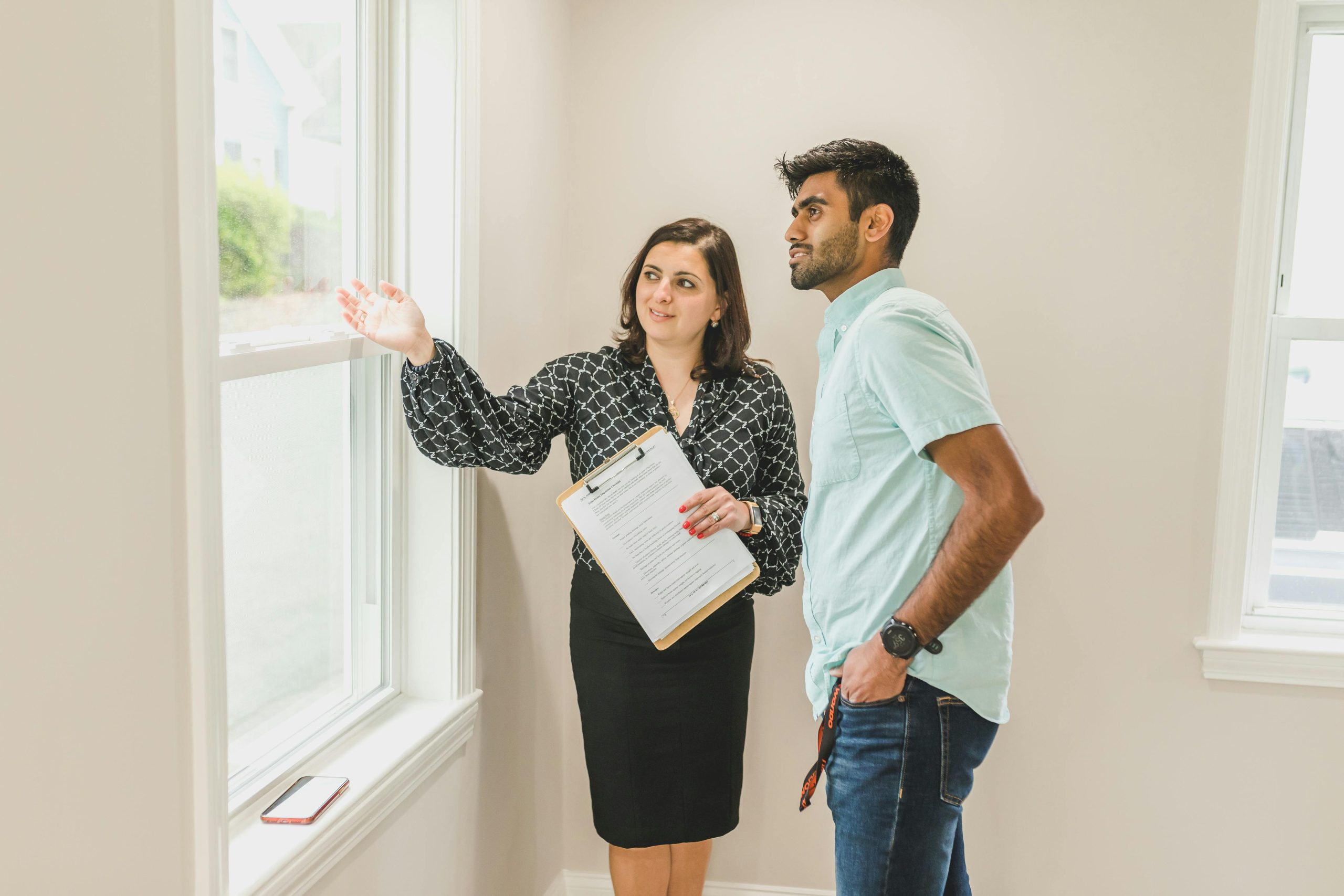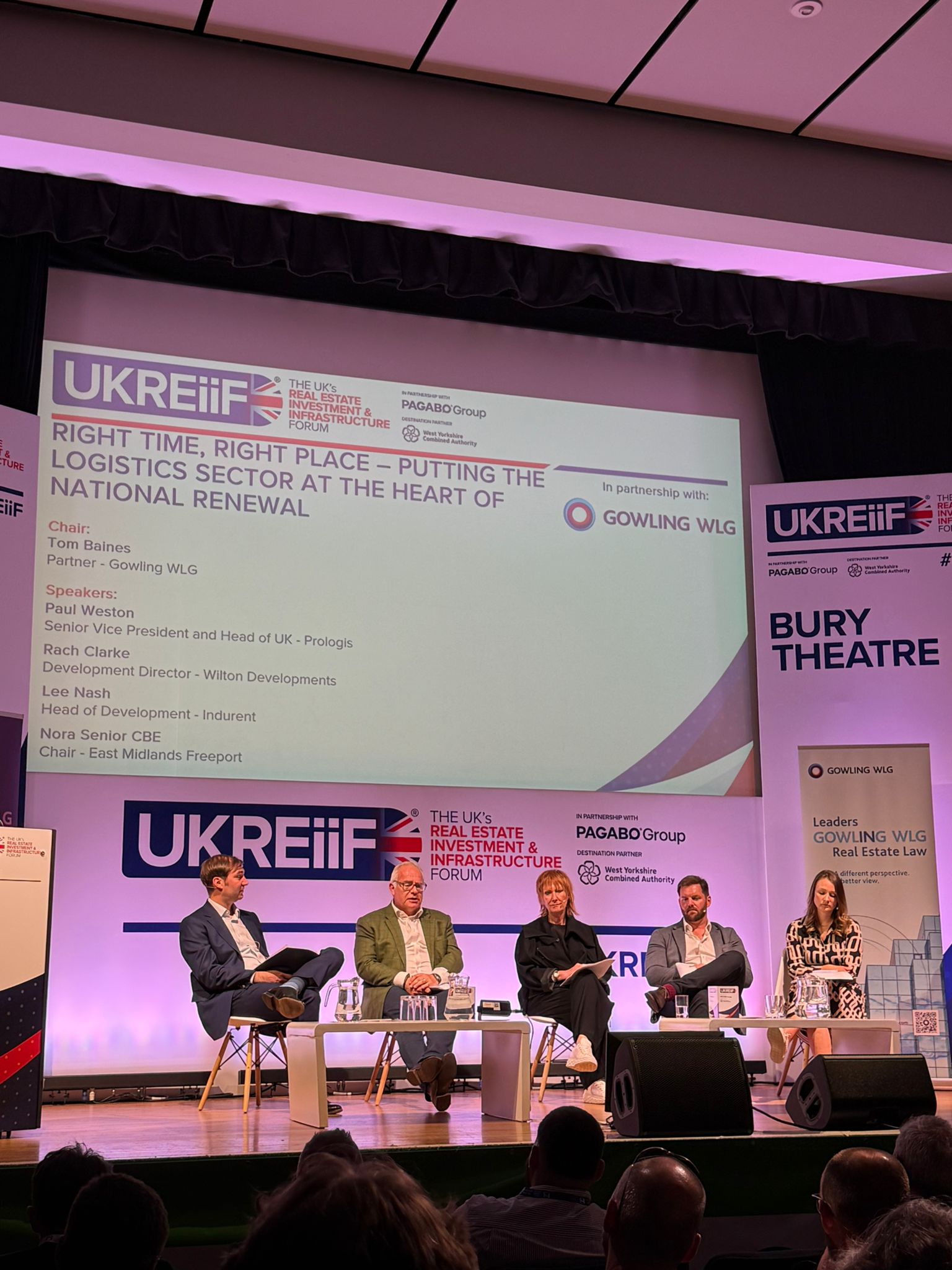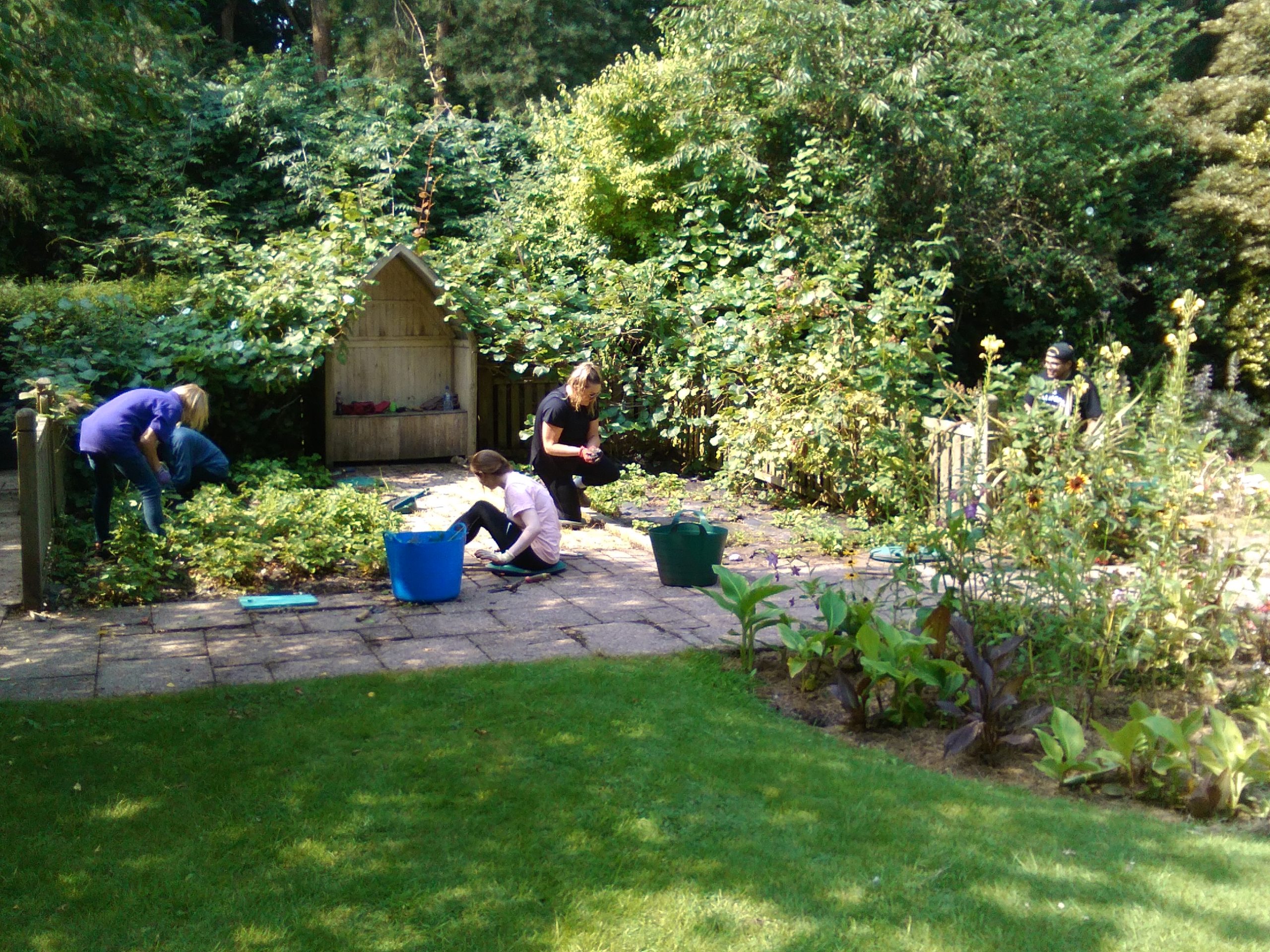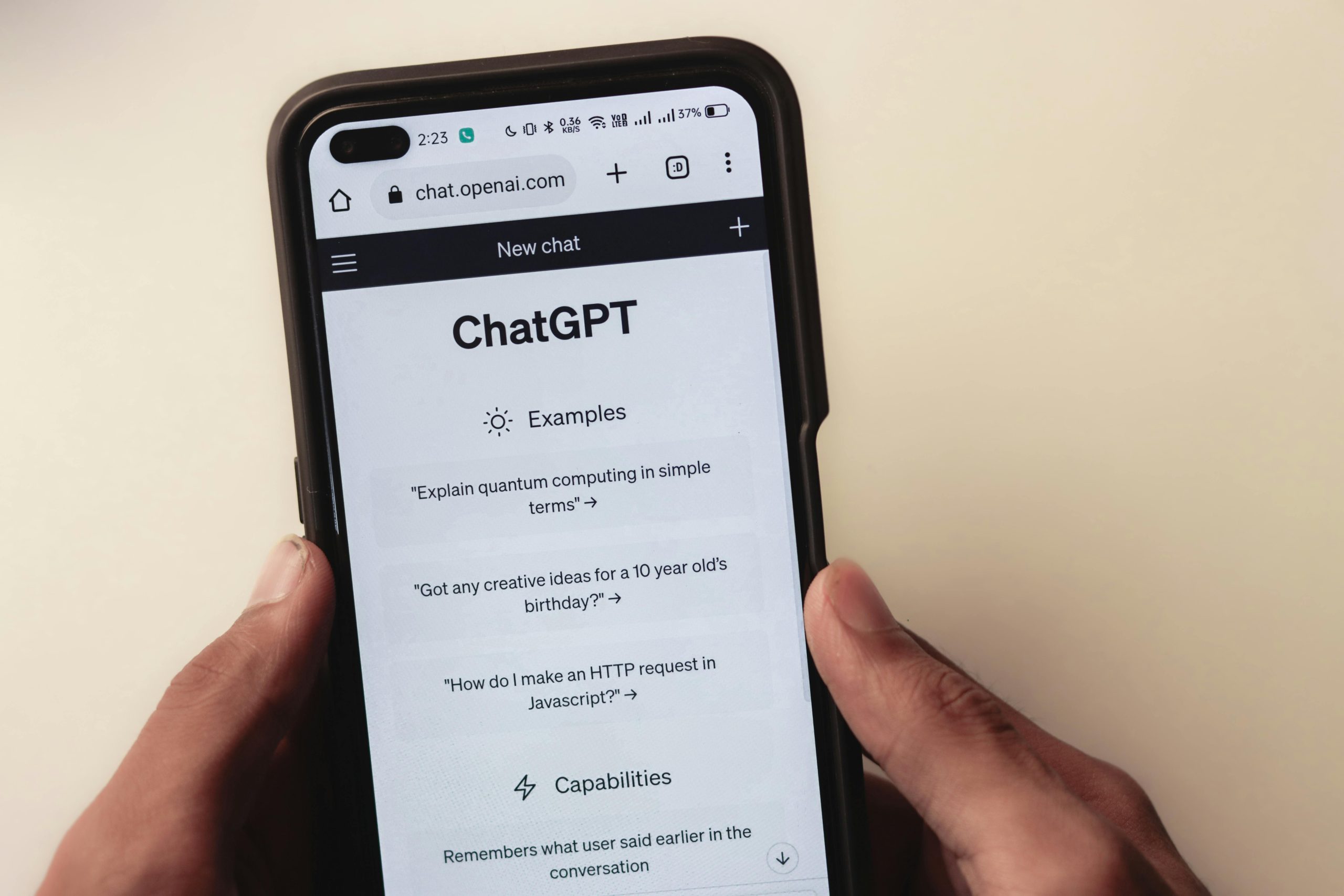ARTICLE
Five steps to increasing footfall
Getting people to visit a show home or marketing suite is a critical part of the sales journey for housing developers
Very few people purchase something as high in value and central to their lives without first seeing it for themselves. However, generating footfall and getting potential customers onsite can be a constant challenge for developers, especially when under pressure to meet sales targets.
We’ve pulled together our five step guide to increasing footfall for marketing suites or show homes:
1.Step into your customer’s shoes.
To increase footfall, it’s first important to understand why someone might not be visiting the development in the first place. Any part of the journey that causes friction could impact the likelihood of someone visiting. Conducting a thorough audit of a customer’s journey can reveal some easy wins.
Start with the basics. Look at the development’s website or webpage – how easy is it to find the opening times or address of your marketing suite? Is it front and centre or in a logical place on the page, or is it buried at the bottom or in the small print?
It’s also important to consider if the webpage is SEO friendly, meaning that it ranks as a top result on Google. Having the site address on the page is incredibly beneficial from an SEO standpoint for example. Utilising Google Business Profile, a free, online tool also helps businesses become more visible and can help the website reach more customers as a result.
Next, consider how easy it is to find the location once the customer is on the road or outside the development. Once the customer has arrived in the general vicinity, ask yourself whether the marketing suite would be easy to find if someone was coming for the first time. If not, are signs needed to make the entrance obvious? Continue this assessment into the marketing suite or show home itself and ask yourself what someone’s first impressions would be if they were visiting for the first time.
This exercise helps create a list of improvements to the customer’s journey, making it a more positive experience. Making the development easy to find and appealing is key.
2. Build an effective media relations strategy.
While owned channels, such as a website, and social media channels are vital promotional tools, their audience is made up of people who are already somewhat invested in the brand. A media relations strategy is crucial for extending the reach and introducing new customers to the development. It may seem obvious, but people can’t visit the development if they don’t know it exists or have the information to decide it’s the right fit for them.
Some developers make the mistake of only starting media relations from when the properties become available, however starting much earlier can help spread awareness, build hype and create a waiting list of interested parties before the properties are put on sale. For example, construction milestones such as land purchase, planning permission approval and work beginning onsite are all news opportunities and there’s typically appetite from the regional media meaning they can be a quick win.
3. Become part of the community.
Embedding the development in the local community has a host of benefits, for example building trust and positive sentiment, but it can also help increase footfall. Even if local residents visit just out of curiosity, this can be the key to future sales – don’t underestimate the power of word of mouth as a marketing tool.
There are a number of ways that brands can build a relationship with the surrounding area. From sponsoring a local event, such as food, music or art festival, to donating to funds or time to a cause or charity that has local significance. It’s important to remember that a one-off gesture does not make the development part of the community, and as a result, will not have a huge impact on footfall. In fact, a recent report found that 62% of B2B buyers consume three to seven pieces of content before connecting with a salesperson. For maximum impact, consider curating a community engagement program to ensure regular activities and build a genuine relationship.
READ MORE: How to get the community on side.
Ensure that community engagement is utilised in marketing channels for content as this will help get as many eyes as possible on the development and create those all-important touchpoints. For example, posting on social media channels, publishing a blog on the development’s website, and issuing a press release to the local media.
4. Showcase third party credibility.
Having existing homebuyers vouch for the quality of the homes and good customer service can be the deciding factor when it comes to a prospective customer’s decision to visit the development. Having a happy customer detail their experience in their own words gives more credibility than anything else.
There are a number of ways this can be achieved. Investing in creating case studies is the perfect way to showcase a customer’s experience in depth and can take readers through the entire process. These can then be published on the website and promoted via social media channels. Consider including a video element to make it more engaging while creating clips for social media.
Case studies rely on willing participants; however, they are not always easy to find. An alternative can be partnering with an influencer. While some may argue this has less credibility because they are paid, the trust between some influencers and their followers shouldn’t be dismissed completely. The trick is to pick the right influencer – a bigger following is not always better. Instead ensure they have an engaged following that is largely made up of your target demographic and that your values align with theirs.
5. Host an event.
Footfall will naturally increase if you offer visitors an experience that’s more than just an ordinary tour of a show home. Offering something different will help set you apart from neighbouring competitors, while offering something exclusive to a particular day or week will ensure that visitors make a point to visit the development during that time period.
Whether it’s a seasonal theme, for example hosting an Easter egg hunt or a Christmas party, or hosting an educational workshop for prospective homebuyers, offering something of genuine value to attendees is crucial, a good way of doing so is partnering with a mortgage adviser or funding partner who can add real value for your potential buyers. Sweetening the deal by offering an incentive or offer exclusive at the event could also help increase footfall.
Struggling to get people to visit your marketing suite? Get in touch with us today and our talented team can help you create a strategy for increasing footfall.
Looking for more?
Sign up to our “Pearls of Wisdom” newsletter here.










